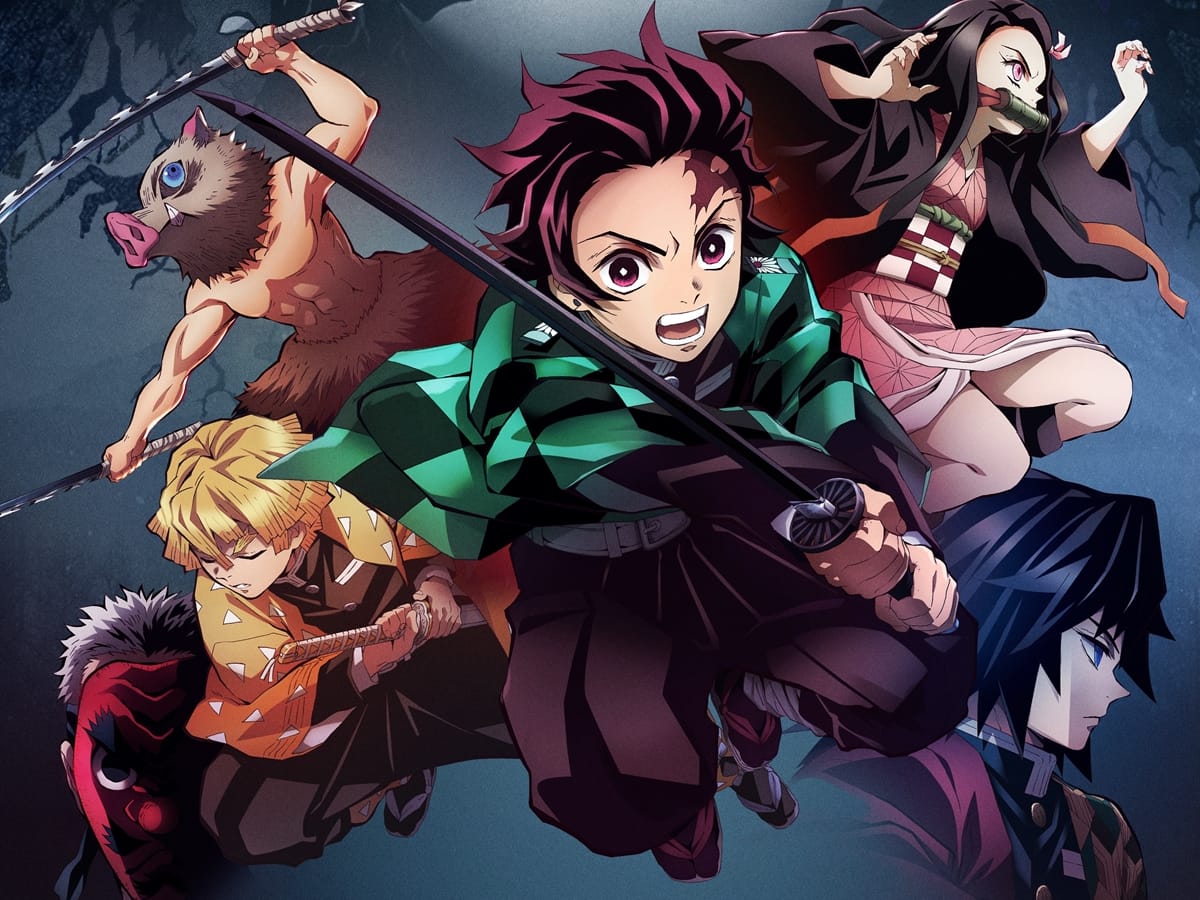20Shift: Your Daily Dose of Insight
Stay updated with the latest trends and news across various domains.
The Hidden Meanings Behind Your Favorite Anime Tropes
Discover the surprising meanings behind your favorite anime tropes and unlock the hidden layers of storytelling that you never noticed!
Unlocking the Secret Messages: Analyzing Common Anime Tropes
Anime tropes are recurring themes, motifs, or clichés that often appear in various series, capturing the essence of the genre. These familiar elements, such as the 'tsundere' character or 'power of friendship', not only create a sense of nostalgia for viewers but also serve as a lens through which deeper meanings can be extracted. For instance, the 'chosen one' trope often symbolizes the struggle of self-identity and destiny, challenging characters to rise above their circumstances. By analyzing these common tropes, we can unlock hidden messages and understand the cultural significance behind the stories.
Moreover, the portrayal of anime tropes can reflect broader societal issues, revealing insights into the values and struggles of Japanese culture. Take, for example, the 'savior complex' seen in many shonen anime, where young heroes bear the weight of the world on their shoulders. This trope not only emphasizes the importance of responsibility and sacrifice but also critiques the unrealistic expectations placed on individuals in society. In examining these narrative patterns, fans can appreciate how anime serves as both entertainment and a mirror to our own experiences, making a deeper connection to the characters and their journeys.

What Do Your Favorite Anime Tropes Really Mean? A Deep Dive
When diving into the captivating world of anime tropes, it's essential to understand that these recurring themes and character types serve specific narrative functions. For instance, the 'tsundere' character, who often oscillates between harshness and affection, embodies the complexities of human emotions. This trope reflects real-life relationships where individuals grapple with vulnerability and affection, offering viewers a more relatable experience. Additionally, the 'shounen protagonist' trope, marked by determination and growth, symbolizes the universal journey of self-discovery and the quest for purpose, resonating with audiences across various age groups.
Moreover, the prevalence of the 'magical girl' trope highlights the power of transformation and empowerment. These characters often undergo significant changes, both internally and externally, emphasizing themes of friendship, courage, and resilience. Such narratives not only entertain but also inspire viewers to embrace their own transformations in the face of adversity. By understanding these common anime tropes, we can appreciate the deeper meanings behind them and the cultural contexts in which they thrive, ultimately enriching our viewing experience.
The Cultural Significance of Anime Tropes: More Than Just Stereotypes
Anime tropes have evolved over the years into powerful cultural symbols that resonate with audiences both in Japan and globally. While some may dismiss these tropes as mere stereotypes or clichés, they often reflect deeper societal themes and values. For instance, the common trope of the 'underdog' character who rises against all odds not only serves as a compelling narrative device but also mirrors the societal expectations in Japan about perseverance and hard work. This narrative encourages audiences to relate personal struggles to broader themes of resilience and achievement, highlighting how anime transcends entertainment to shape cultural identities.
Moreover, many anime tropes encompass rich traditions and philosophies, weaving together elements of Japanese culture with universal human experiences. Take the 'tsundere' character, for example—often portrayed as hostile yet secretly caring. This complexity aligns with the Japanese notion of tatemae (the facade one presents) versus honne (one's true feelings), providing insight into interpersonal relationships in a society where expressing emotion can be challenging. By understanding these tropes, viewers gain not only a better appreciation of the stories being told but also a glimpse into the intricate fabric of cultural narratives, making anime a valuable lens through which to explore human behavior.